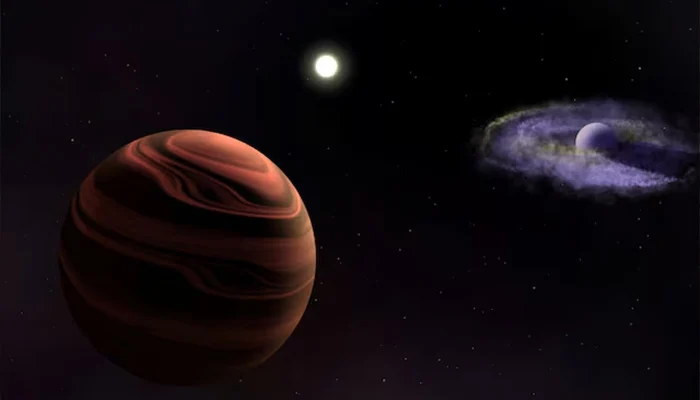In a discovery that highlights the complexity of how planetary systems evolve, the James Webb Space Telescope has seen two massive planets at different stages of infancy orbiting a young sun-like star. One of the planets has an atmosphere full of dusty clouds, while the other is surrounded by a disk of material.
Webb directly imaged the two gas giant planets, which are both larger than Jupiter, the largest planet in our solar system, in a planetary system in the Milky Way galaxy, roughly 310 light years from Earth and in the constellation Musca. Light travels 5.9 trillion miles (9.5 trillion km) in a year, which is known as a light-year.
Since the 1990s, astronomers have discovered about 5,900 exoplanets, or planets outside of our solar system.







